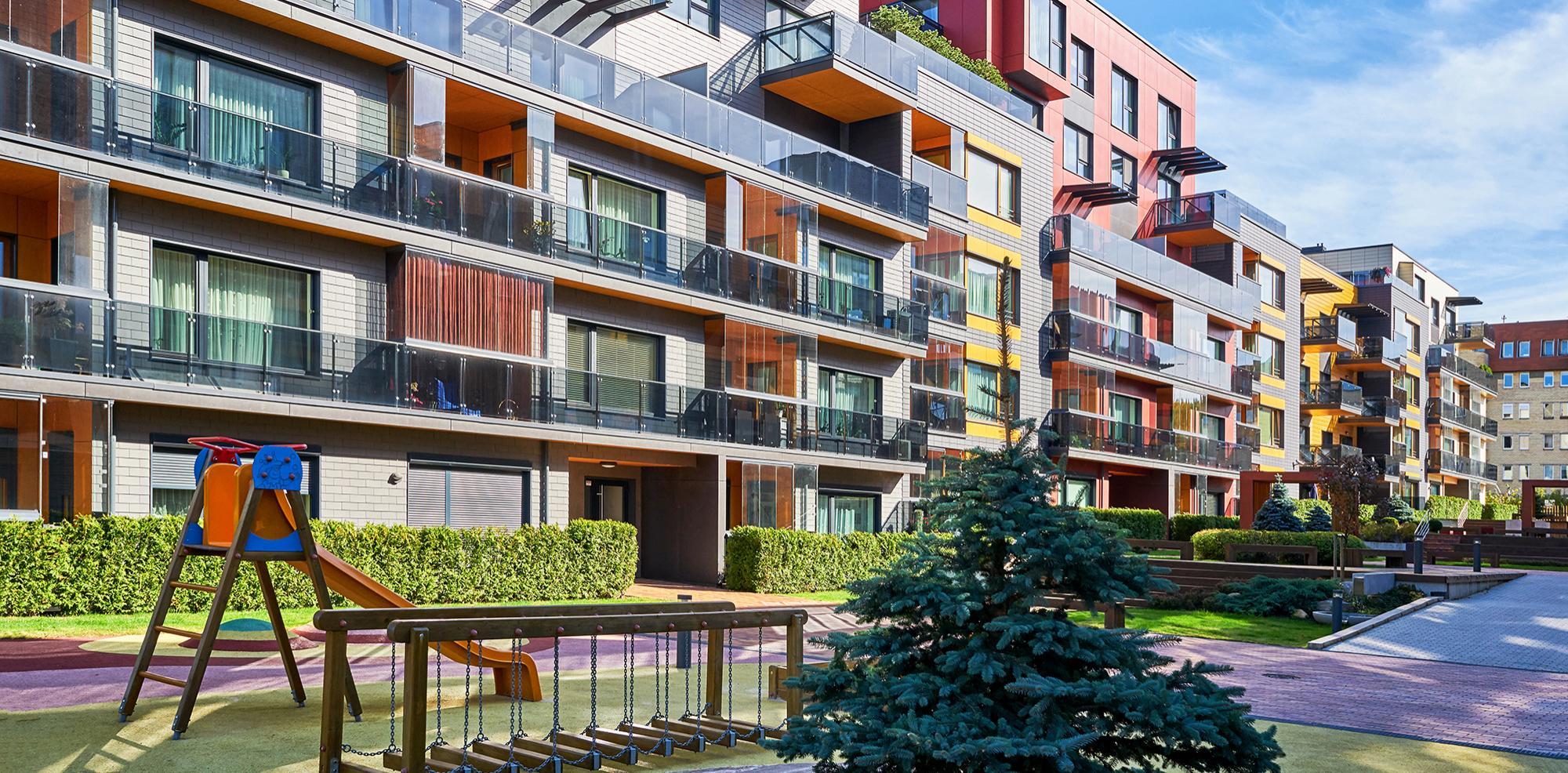Subsidised housing valuation: valuing a heavily regulated asset
Social housing is highly regulated which means that it is not a classic income generating asset. The capping of rents limits the rental return of this asset compared to others. On the other hand, since it meets a fundamental need, social housing is resilient in the event of an economic crisis.
Government incentives and relatively low interest rates (PLS and PLI loans) contribute to current growth in the number of subsidised housing units. From a regulatory point of view, social housing is sold mainly in blocks and constitutes a market that remains narrow (less than 10,000 units sold per year in a global market of more than 800,000 units sold).
Our expert’s point of view

GUILLAUME BONIFACE
Real estate expert
What are the special features of social housing assets?
Subsidised or social housing units are highly regulated real estate assets. Approved by the state and financed with public funds, they are subject to an allocation procedure controlled by the public authority. Their rent is capped. They welcome low-income tenants that are eligible for the APL. Tenants who respect their lease have a right to maintain the premises for an unlimited period of time.
What are investors' expectations of this asset?
Investor interest in social housing is primarily based on income security (high occupancy rate and high unmet demand). Private investors are also interested in the potential for rental re-valuation at the end of the agreement when exit from the social security system is possible. In addition, assets in the ordinary legal regime will see an increase in their return.
Investors are also interested in acquiring bare ownership of subsidised housing units with the prospect of an exit from the scheme at the end of the agreement.

What are the main criteria for valuing subsidised housing ?
Recoverable/non-recoverable expenses, turnover rate, unpaid balances, annual refurbishment cost for housing units are among criteria to be taken into account when valuing a social/subsidised residential asset.
Title deed with a reference to easements
Checking whether the plot is located on a site reserved for social housing
Accommodation category PLA, PLUS, PLI, PAS
Types of loans granted for financing
Number of lots per typology / size
T1, T2, T3, T4, T5, and corresponding surfaces
Rent Accrued
In the long run and capped, it depends on the geographical area and the type of housing
Structural vacancy rate
Expulsions in progress or apartments under renovation
The duration of the social housing agreement and, above all, the possibilities of exit at the end of the agreement are essential elements in determining the valuation methodologies to be applied to subsidised housing. In the case of a possible exit from the social security scheme at the end of the agreement, the valuer considers a value corresponding to the free market, then deducts the loss of value corresponding to the loss of rental income (in relation to the free market rent) over the remaining period until the possible removal of the rent ceiling. They also consider construction and vacancy costs.
Contact us
Our real estate experts bring you an answer adapted to your needs
*Mandatory fields
BNP Paribas Real Estate Valuation France, a simplified joint-stock company registered at 50, cours de l'Ile Seguin, 92100 Boulogne-Billancourt, acting as Controller, processes information about you for the purposes of keeping statistics and executing any requests submitted to us through the website and, in some cases, for the purpose of sending you commercial solicitations (based on your consent or any applicable regulation).
For more information about how BNP Paribas Real Estate Valuation France is processing your personal data in this context and an explanation of your rights (including a right of access, rectification, objection to direct marketing and a right to set guidelines with regards to the use of your personal data after your death, as well as, in certain circumstances, a right of erasure, restriction of processing, data portability and a right to object to other forms of processing) and BNP Paribas Real Estate Valuation France's obligations in that respect, please consult our Data Protection Notice available at : https://data-privacy.realestate.bnpparibas

